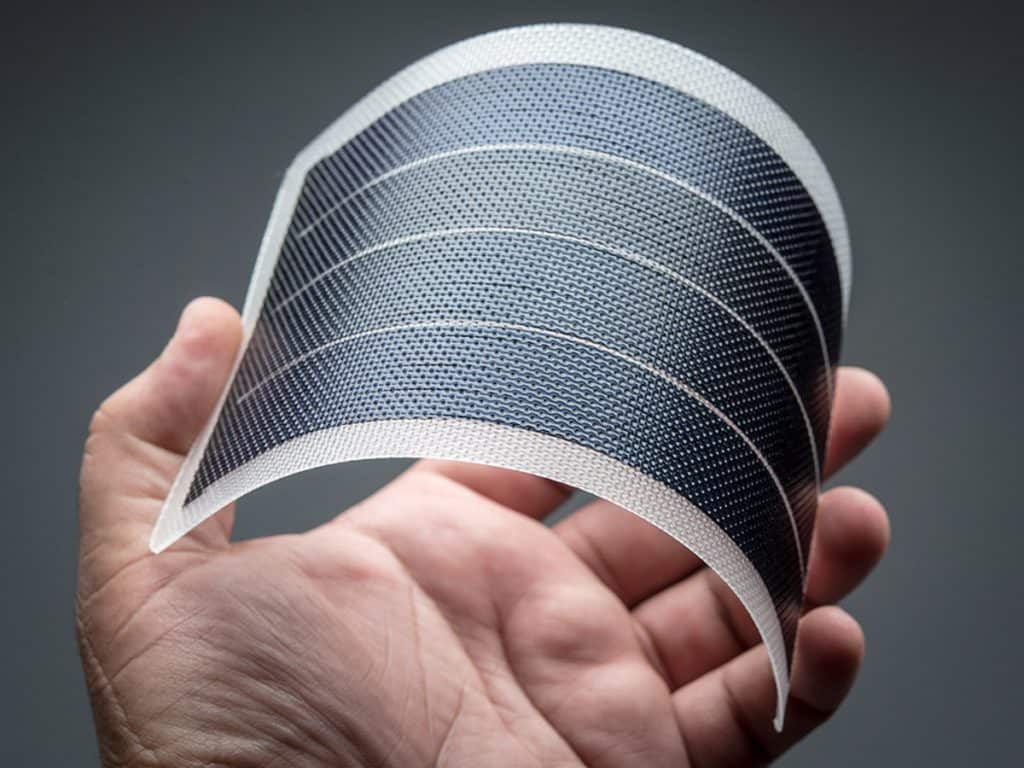Flexible solar panels, also known as thin-film solar panels, are designed to be lightweight and adaptable, making them suitable for various applications where traditional rigid solar panels may not be practical. The main materials used in flexible solar panels typically include:
- Thin-Film Semiconductor Materials: Flexible solar panels use thin-film semiconductor materials to generate electricity from sunlight. There are several types of thin-film materials, including:
- a. Amorphous Silicon (a-Si): Amorphous silicon thin-film solar panels are one of the most common types of flexible panels. They are relatively inexpensive to produce and offer flexibility.
- b. Cadmium Telluride (CdTe): CdTe thin-film panels are known for their high efficiency and low manufacturing costs. They are often used in utility-scale solar installations.
- c. Copper Indium Gallium Selenide (CIGS): CIGS thin-film panels offer a good balance between efficiency and flexibility. They are used in various applications, including portable solar chargers and building-integrated photovoltaics (BIPV).
- Flexible Substrates: To achieve flexibility, these thin-film semiconductor materials are deposited onto flexible substrates. Common flexible substrates include:a. Polymer Substrates: Materials like polyethylene terephthalate (PET) or polyimide are often used as flexible substrates. They are lightweight and can be bent or curved to some extent.b. Metal Foils: Thin metal foils, such as stainless steel or aluminum, can serve as robust and flexible substrates for some types of thin-film solar cells.
- Encapsulation Layers: Flexible solar panels are typically encapsulated to protect the delicate semiconductor materials from moisture, dust, and mechanical damage. Common encapsulation materials include flexible laminates, such as polymers or flexible glass.
- Back Contacts: Back contacts are used to collect the generated electricity and provide a path for it to be extracted from the solar panel. They are typically made of metal, such as aluminum or copper.
- Adhesive or Backing: Some flexible solar panels may include an adhesive backing that allows them to be easily affixed to various surfaces, such as roofs, vehicles, or backpacks.
- Junction Boxes and Connectors: Like traditional solar panels, flexible panels may have junction boxes and connectors for wiring and connecting multiple panels together.
It’s important to note that while flexible solar panels offer advantages in terms of adaptability and ease of installation in certain applications, they often have lower efficiency compared to rigid crystalline silicon solar panels. Therefore, the choice between flexible and rigid panels depends on the specific requirements and constraints of the project or application.


